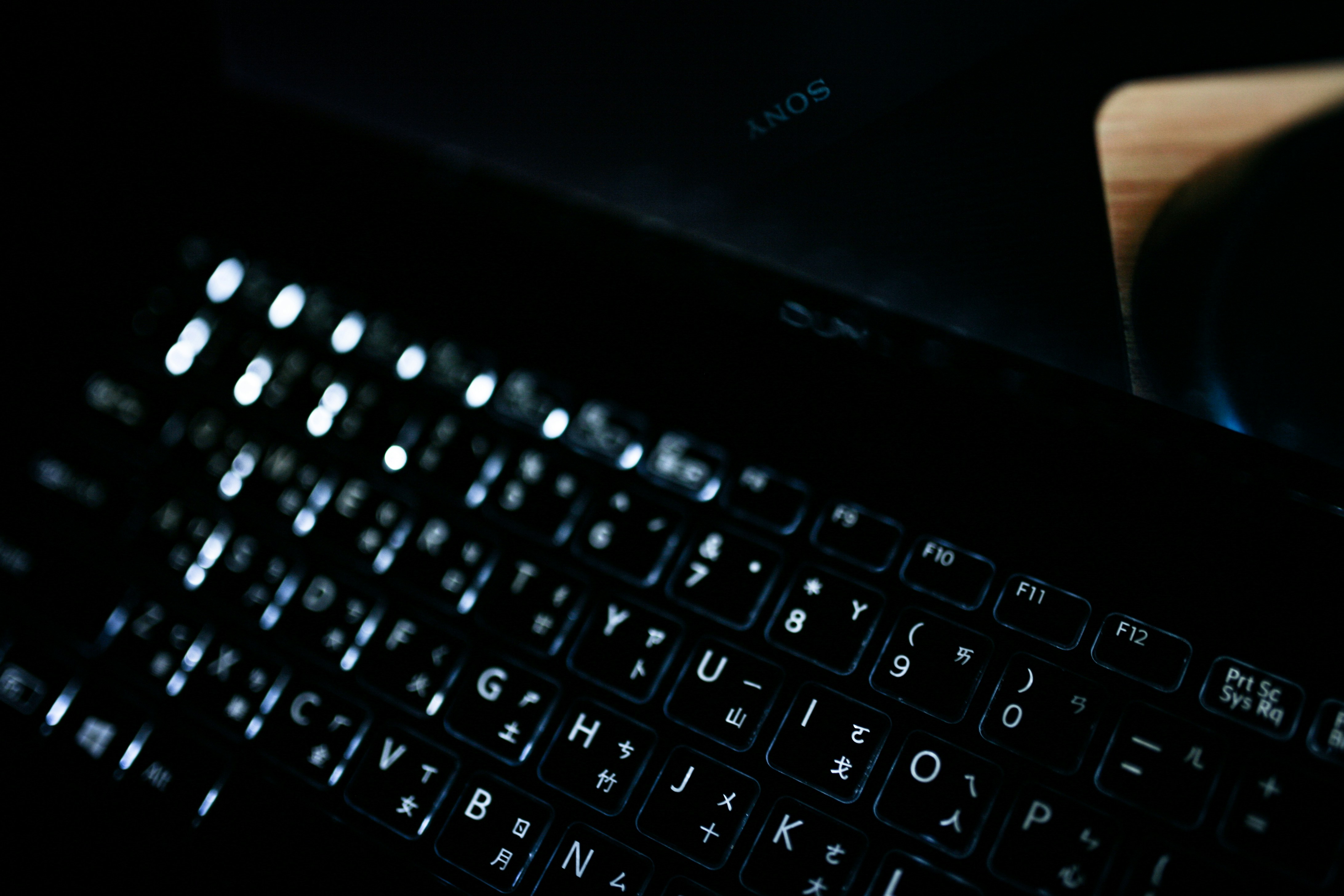How to Avoid Phishing Scams: Complete Protection Guide

How to Avoid Phishing Scams
1. Enable Two-Factor Authentication (2FA)
2FA adds an extra layer of security by requiring a second form of verification, like a code sent to your phone. Even if a scammer gets your password, 2FA can block unauthorized access. Enable it on all accounts, especially email, banking, and social media.
2. Use Email Filters and Security Software
Modern email providers like Gmail or Outlook have built-in spam filters that catch many phishing attempts. Ensure these are active, and consider using antivirus software with real-time threat detection to block malicious links or downloads.
3. Verify Before You Act
Got an email from your bank or a colleague? Contact them directly using a trusted phone number or website (not the one in the message). For example, log into your bank's official site to check for alerts rather than clicking a link in an email.
4. Stay Educated on New Tactics
In 2025, phishing scams are evolving with AI-driven deepfake voice calls and hyper-personalized emails that use data from social media or breaches. Follow cybersecurity blogs or subscribe to alerts from trusted sources like the Cybersecurity and Infrastructure Security Agency (CISA) to stay informed.
5. Train Your Team (For Businesses)
If you run a business, phishing is a top threat to your data. Train employees to recognize phishing attempts, conduct simulated phishing exercises, and enforce policies like never sharing credentials via email. In 2025, small businesses are prime targets, so proactive training is essential.
What to Do If You Fall for a Phishing Scam
If you suspect you've clicked a malicious link or shared sensitive information:
- Act Fast: Change your passwords immediately and enable 2FA.
- Scan for Malware: Run a full antivirus scan to detect and remove any malicious software.
- Notify Your Bank or Service: If financial details were compromised, contact your bank or the affected service provider.
- Report the Scam: In the U.S., report phishing to the Federal Trade Commission (FTC) at ReportFraud.ftc.gov or forward phishing emails to reportphishing@apwg.org. For businesses, notify your IT team or a cybersecurity professional.
Stay One Step Ahead in 2025
Phishing scams are evolving, but so are our defenses. By staying cautious, verifying suspicious messages, and using tools like 2FA and antivirus software, you can protect yourself and your business. In 2025, knowledge is your best defense—share these tips with friends, family, or colleagues to keep everyone safe.
Have you encountered a suspicious email or text recently? Let us know in the comments, and stay tuned for more cybersecurity tips to keep you secure in 2025!
Ready to test your systems with CyberQuator?
Contact CyberQuator